A breathtaking journey through the heart of the Himalayas, the Everest Base Camp Trek offers more than just stunning mountain views. It’s a cultural and physical adventure that challenges the body, enriches the spirit, and leaves a lasting imprint on all who take it on.
The Everest Base Camp Trek remains a dream for countless adventurers—and with good reason. Standing at the foot of the world’s highest peak is more than just a thrilling achievement; it is a journey of self-discovery through breathtaking Himalayan landscapes and Nepal's vibrant cultural tapestry. Trekkers find themselves walking through charming mountain villages, interacting with welcoming locals, and witnessing the raw grandeur of the Himalayas.
Yet, this iconic trek is no casual walk in the park. It demands physical endurance, mental strength, and thoughtful preparation. Whether a seasoned mountaineer or a first-time hiker, anyone can embrace the adventure with the right mindset and guidance. This overview explores what makes the Everest Base Camp Trek unique and how best to prepare for it.
What makes the Everest Base Camp Trek unforgettable
The allure of the Everest Base Camp Trek goes far beyond simply reaching the base of the tallest mountain on Earth. The trail winds through one of the planet's most spectacular and culturally rich regions. Trekkers are rewarded with panoramic views of iconic snow-capped giants like Everest, Lhotse, and Ama Dablam along the way. Each bend in the trail reveals yet another awe-inspiring vista, making every step a visual feast.
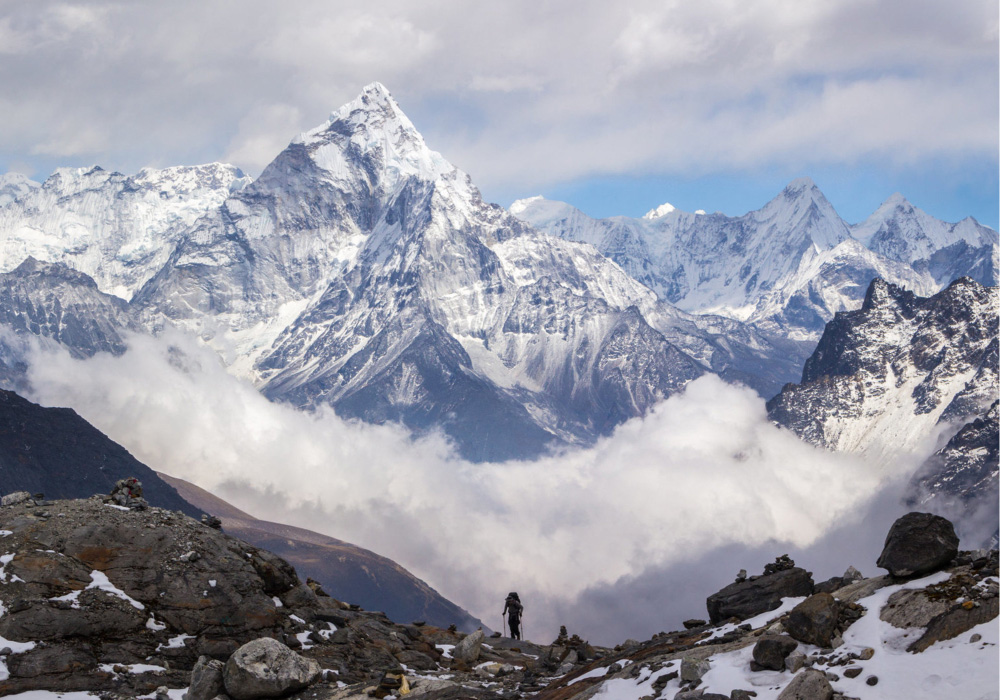
Key highlights of the trek:
- Stunning scenery: The trek offers incredible views of snow-capped peaks, including Everest, Lhotse, and Ama Dablam. Each turn on the trail reveals a new and awe-inspiring vista.
- Cultural immersion: Experience the vibrant culture of the Sherpa people by visiting monasteries, learning about their traditions, and experiencing their warm hospitality.
- Physical challenge: The trek tests your endurance and mental strength. It is a personal achievement that brings immense satisfaction.
- Wildlife: Spot unique Himalayan wildlife, such as the elusive snow leopard, Himalayan tahr, and colourful pheasants.
- Historical significance: Follow in the footsteps of legendary mountaineers like Sir Edmund Hillary and Tenzing Norgay. The trail is rich with history and stories of past expeditions.
| Aspect | Details |
|---|---|
| Altitude | 5,364 meters (17,598 feet) at Everest Base Camp |
| Best time to trek | March to May and September to November |
| Duration | 12-14 days |
| Difficulty | Moderate to Challenging |
Notably, the trek is also a profound personal challenge. Hiking at high altitudes, sometimes in extreme weather, tests both body and mind. For many, the sense of accomplishment upon completion becomes a cherished life milestone.
The trekking experience
Here’s a glimpse of what the trekking experience involves:
Day-by-day itinerary: The trek usually begins with a flight from Kathmandu to Lukla. From there, trekkers follow a well-marked trail through villages like Namche Bazaar, Tengboche, Dingboche, and finally to Everest Base Camp.
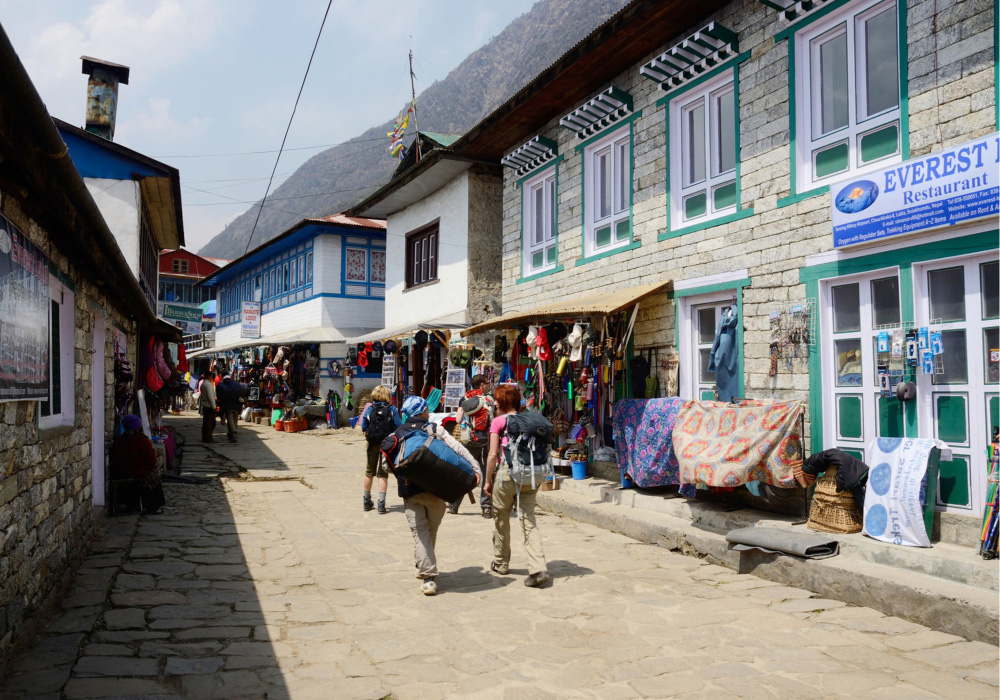
Accommodation: Along the route, trekkers stay in teahouses. These basic lodges provide meals and a place to sleep. They're typically family-run and offer a culturally immersive chance to rest and recharge after a day of trekking.
- Comfortable rooms with twin beds
- Communal dining areas
- Simple yet hearty meals
Altitude sickness: As you ascend, the air becomes thinner. Proper acclimatization, including rest days and staying hydrated, is crucial to avoid altitude sickness. Rest days in places like Namche and Dingboche offer short hikes and exploration opportunities.
Challenges: The trek is physically demanding. Days usually involve 5–8 hours of trekking across varying terrain. Trekkers must be prepared for long walks, steep climbs, and varying weather conditions. Proper gear and fitness are essential for a successful trek.
Highlights: Reaching Everest Base Camp is a monumental achievement. Standing at the foot of the world's highest peak is a moment of pure joy and pride. The return journey offers a chance to reflect on the adventure and savour the memories made.
Preparing for the trek: Fitness and gear
Proper preparation ensures a safe and enjoyable trek. This guide will help you get ready for the trek, covering physical fitness, essential gear and equipment, and tips for a successful trek.
Physical fitness
Physical readiness is essential for a successful trek. The trail demands several hours of hiking each day at elevations exceeding 5,000 meters. To prepare, trekkers are advised to begin training at least three months in advance.
Here are some key exercises to include in your training plan:
- Cardio workouts: Running, cycling, and swimming help improve your cardiovascular fitness. Aim for 30-45 minutes, 3-4 times a week.
- Strength training: Focus on leg muscles with squats, lunges, and calf raises. Strengthen your core with planks and sit-ups.
- Hiking practice: Hike on weekends with a backpack. Gradually increase the weight to simulate trekking conditions.
- Core training: Incorporate planks, crunches, or yoga in your training routine.
- Leg strengthening: Exercises such as squats and lunges.
Remember to listen to your body and rest if you feel overly fatigued. Staying fit and healthy is key to enjoying your trek.
Essential gear and equipment
Proper gear is equally important. The Himalayan weather is unpredictable, and trail conditions can vary from dry and dusty to wet and icy. A well-thought-out packing list should include:
- Clothing:
- Base layers (thermal tops and bottoms)
- Insulating layers (fleece or down jacket)
- Outer layers (waterproof jacket and pants)
- Hiking pants and shorts
- Warm hat, gloves, and socks
- Footwear: Sturdy hiking boots and comfortable trekking socks
- Backpack: 30-40 litre pack for daily essentials
- Sleeping gear: Warm sleeping bag (rated for -10°C) and liner
- Miscellaneous:
- Water bottles or hydration system
- Sunscreen and lip balm
- First aid kit
- Headlamp with extra batteries
- Trekking poles
Pack light, but be prepared for all weather conditions. Keep your gear dry by using waterproof bags or covers. Check your equipment before the trek to ensure everything is in good working order.
Tips for a successful trek
Successfully completing the Everest Base Camp trek requires more than just physical fitness and gear. Here are some tips to help you have a great trekking experience:
- Acclimatize properly: Take your time to adjust to the altitude. Follow the trek itinerary and avoid rushing. Drink plenty of water to stay hydrated.
- Eat well: Eat nutritious meals to keep your energy levels high. Carry snacks like nuts, energy bars, and dried fruits.
- Listen to your body: Pay attention to signs of altitude sickness. Inform your guide immediately if you experience symptoms like headache, dizziness, or nausea.
- Stay positive: The trek can be tough, but a positive attitude helps. Encourage your fellow trekkers and enjoy the journey.
- Respect the environment: Follow the "Leave No Trace" principles. Carry out all your trash and respect local customs and wildlife.
Prepare mentally for the trek. The Everest Base Camp trek is as much about the journey as the destination. Enjoy the stunning views, the camaraderie of fellow trekkers, and the unique experience of trekking in the Himalayas.
When to go: Choosing the right season
Timing can make or break the Everest Base Camp experience. Different seasons offer unique experiences; understanding them will help you make the most of your trek.
Seasons overview
- Spring (March to May): This is one of the most popular times to trek. The weather is mild, and the trails are lined with blooming rhododendrons. You will see many trekkers on the path, and the views of Everest are clear.
- Summer/Monsoon (June to August): The trails are less crowded, but the heavy rains can make trekking difficult. Landslides are common, and the views are often obscured by clouds. This season is great for those who love solitude and don't mind the rain.
- Autumn (September to November): This is the best time to trek. The weather is stable, the skies are clear, the temperatures are moderate, and the views are breathtaking. Expect more trekkers, but the experience is worth it.
- Winter (December to February): The trails are quiet, and the views are crystal clear. The cold weather can be challenging, but the fewer crowds and serene landscapes make it appealing to some. Be prepared for very cold nights.
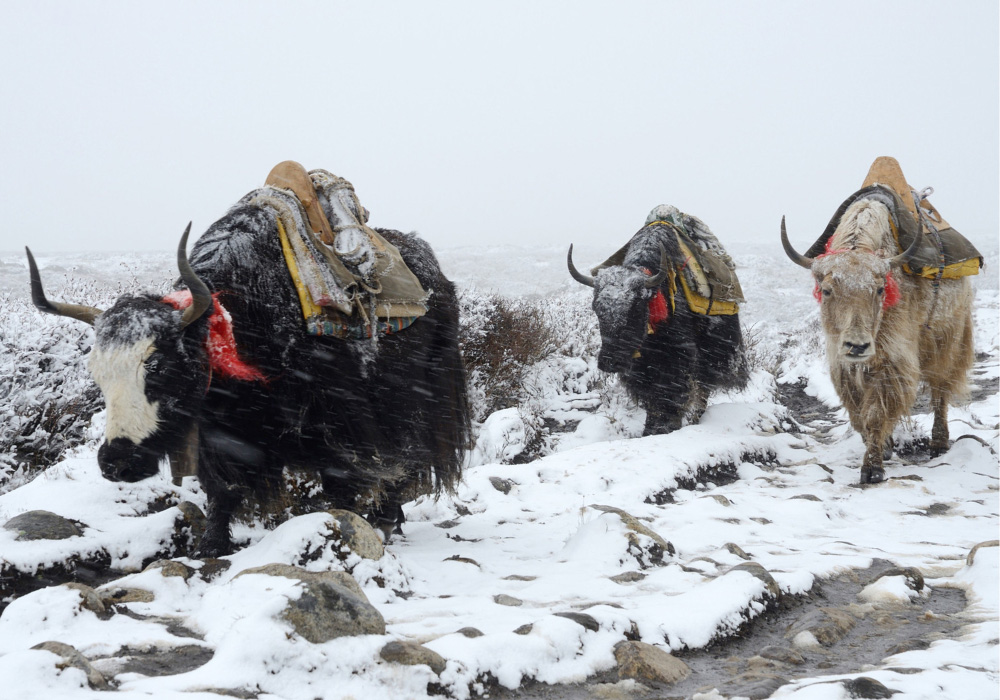
Weather conditions
The weather on the Everest Base Camp Trek can vary greatly with the seasons. Understanding the weather conditions will help you pack appropriately and stay safe.
Here is a brief overview of the weather conditions:
| Season | Temperature | Weather Conditions |
|---|---|---|
| Spring | 5°C to 20°C | Mild weather, clear skies, blooming flowers |
| Summer/Monsoon | 10°C to 25°C | Heavy rains, high humidity, frequent landslides |
| Autumn | 0°C to 15°C | Stable weather, clear skies, moderate temperatures |
| Winter | -10°C to 5°C | Very cold, clear skies, less crowded |
Be prepared for sudden weather changes, especially at higher altitudes. Always pack layers, a good sleeping bag, and rain gear. Proper gear ensures you stay comfortable and enjoy the trek.
Trekking route overview
Knowing the trekking route is important for a great trip. This overview will give you a basic idea of the path, pointing out important points and places you should know about so you're ready for the trek.

Starting point
The journey to Everest Base Camp typically begins in Lukla, a small town in the Khumbu region of Nepal. Lukla is accessible by a short flight from Kathmandu. The airport here is known for its short runway and thrilling landings, setting the tone for your adventure.
From Lukla, the trek officially starts:
- Elevation: 2,860 meters (9,383 feet)
- Key Feature: Gateway to the Everest region
- Facilities: Lodges, shops, and guides
After landing in Lukla, trekkers usually spend some time acclimatizing and preparing for the trek ahead. The initial part of the trek involves a moderate descent through the lush Dudh Koshi Valley, with the first overnight stop at Phakding.
Phakding:
- Elevation: 2,610 meters (8,563 feet)
- Distance from Lukla: Approximately 8 km (5 miles)
- Highlights: Scenic river views, comfortable lodges
The trek from Lukla to Phakding is relatively easy, allowing trekkers to adjust to the altitude and enjoy the beautiful surroundings.
Key stops along the way
Several key stops along the route offer unique experiences and essential services vital for acclimatization and rest.
Namche Bazaar:
- Elevation: 3,440 meters (11,286 feet)
- Distance from Phakding: 10 km (6.2 miles)
- Highlights: Sherpa culture, markets, acclimatization
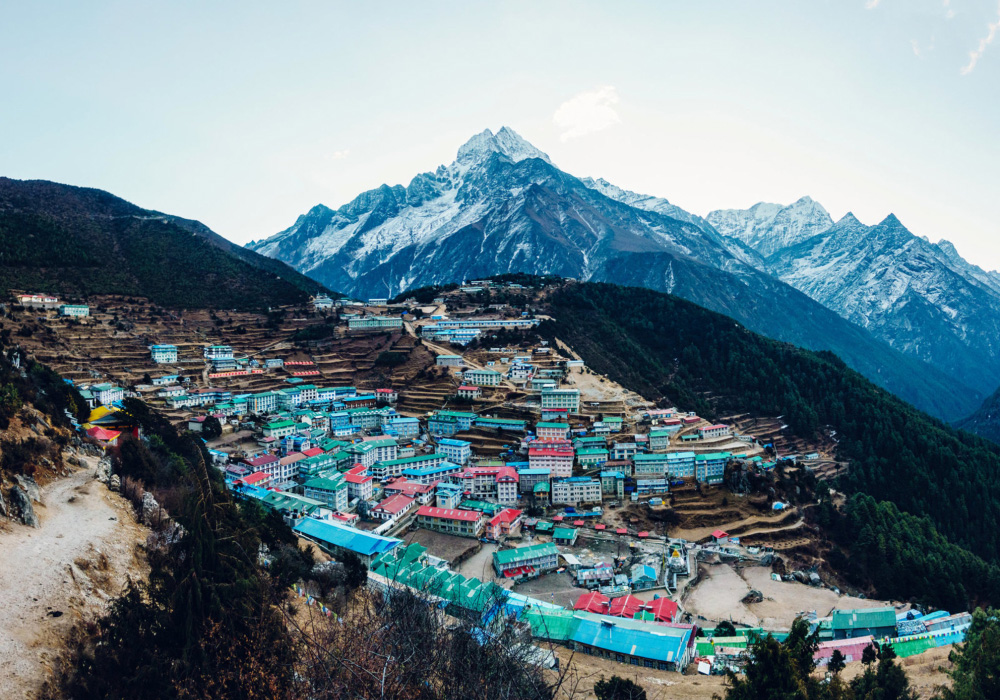
Namche Bazaar is the main trading center in the Khumbu region. Trekkers often spend an extra day here to acclimatize. The town offers a chance to explore local markets, visit the Everest View Hotel, and learn about Sherpa culture at the museum.
Tengboche:
- Elevation: 3,860 meters (12,664 feet)
- Distance from Namche Bazaar: 10 km (6.2 miles)
- Highlights: Tengboche Monastery, panoramic views of Everest, Ama Dablam, and other peaks
The trek to Tengboche involves a steep climb but rewards with breathtaking views and the serene Tengboche Monastery. This stop is crucial for acclimatization and offers a spiritual experience.
Dingboche:
- Elevation: 4,410 meters (14,468 feet)
- Distance from Tengboche: 11 km (6.8 miles)
- Highlights: Acclimatization hikes, stunning valley views
Dingboche is another key stop for acclimatization. Trekkers often spend an extra day here to hike to nearby viewpoints, such as Nagarjun Hill, to help their bodies adjust to the altitude.
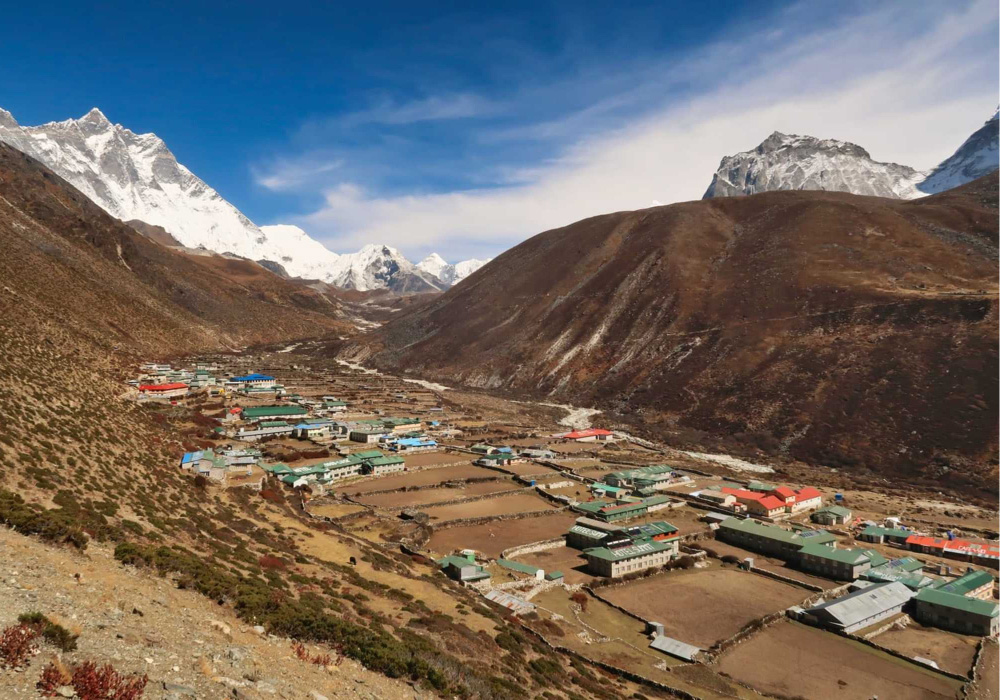
Each of these stops is essential for a successful trek to Everest Base Camp. They provide opportunities for rest, acclimatization, and experiencing the region's unique culture.
Cultural experiences
Embarking on the Everest Base Camp Trek is not just about conquering heights. It is also about immersing yourself in the rich tapestry of Nepalese culture. The trek offers numerous opportunities to engage with the local Sherpa communities and visit ancient religious sites. These experiences enrich your journey, making it more than just a physical challenge.
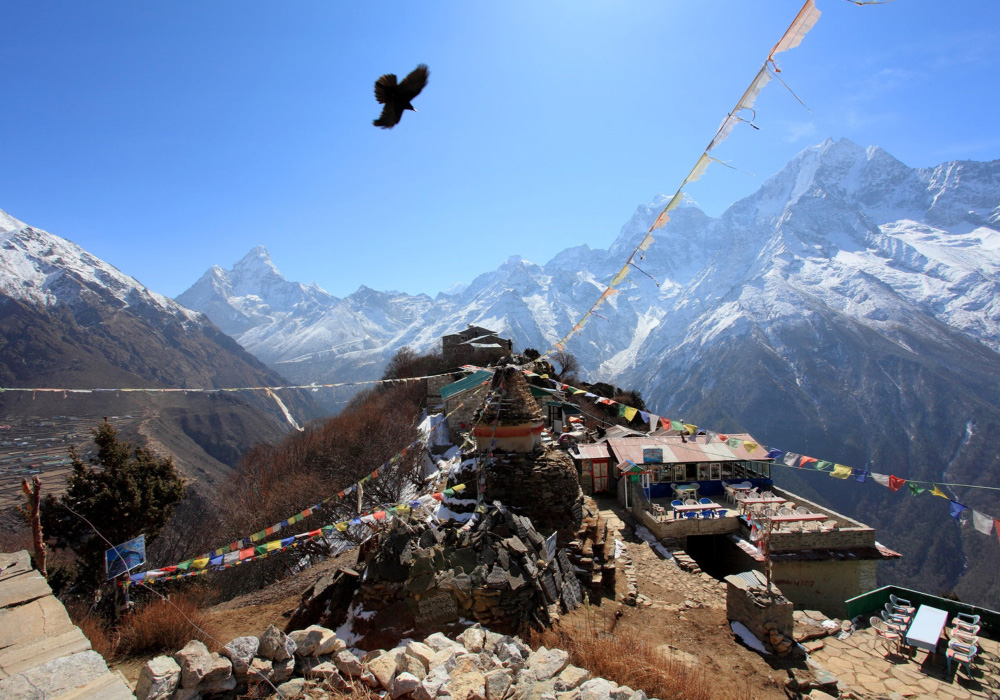
Local Sherpa culture
The Sherpa people are the heart and soul of the Everest region. Known for their mountaineering skills, they have a rich cultural heritage that is fascinating to explore. Here are some unique aspects of Sherpa culture:
- Language: The Sherpa language, known as Sikkimese, is widely spoken. It belongs to the Tibetan language family.
- Traditional attire: The traditional dress for men is called 'Chhuba' and for women, 'Angi.' These colourful garments are often made from wool to keep warm.
- Festivals: Major festivals include 'Mani Rimdu' and 'Losar' (New Year). These celebrations involve dancing, music, and religious rituals.
- Food: Sherpa cuisine is hearty and nutritious. Staples include 'Riki Kur' (potato pancakes) and 'Thukpa' (noodle soup).
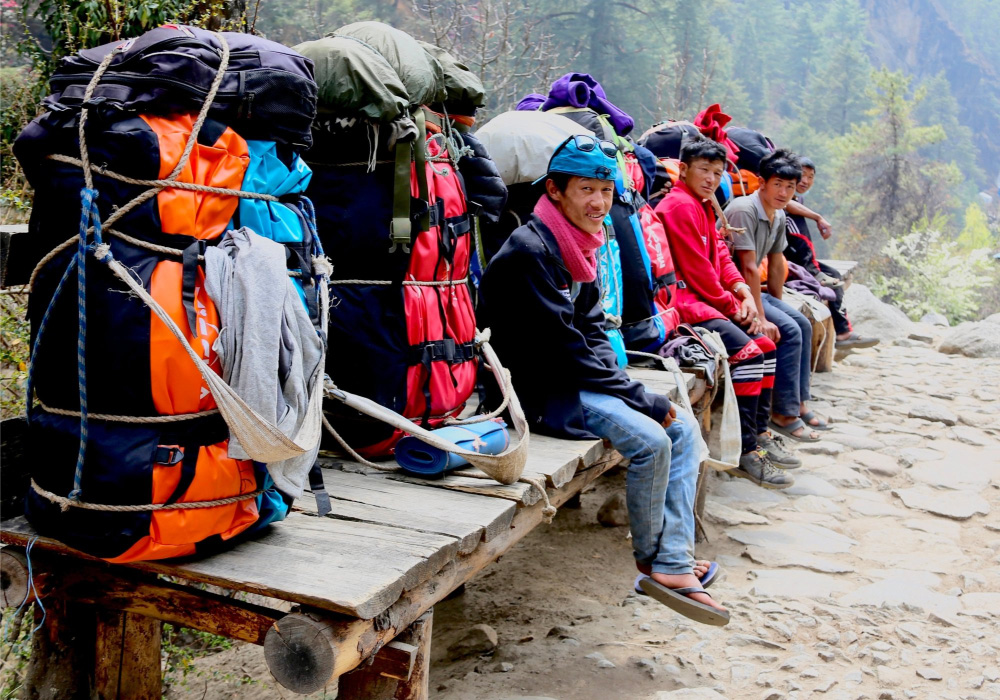
The Sherpa people are welcoming and eager to share their way of life. You can visit local homes, try traditional foods, and even participate in cultural events. Engaging with the Sherpa community provides a deeper understanding of their resilience and hospitality.
Religious sites to visit
The Everest Base Camp Trek is dotted with religious sites that offer spiritual solace and historical insight. Here are some must-visit sites:
- Tengboche Monastery: Located at 3,867 meters, this is the largest monastery in the Khumbu region. It offers stunning views of Everest, Ama Dablam, and other peaks.
- Prayer Wheels and Mani Stones: Along the trail, numerous prayer wheels and mani stones are inscribed with Tibetan mantras. Spinning the wheels and reading the rocks is believed to bring good karma.
- Chortens: These Buddhist shrines mark essential locations and serve as reminders of the Buddha's teachings. They are often adorned with prayer flags that flutter in the wind, spreading prayers and blessings.
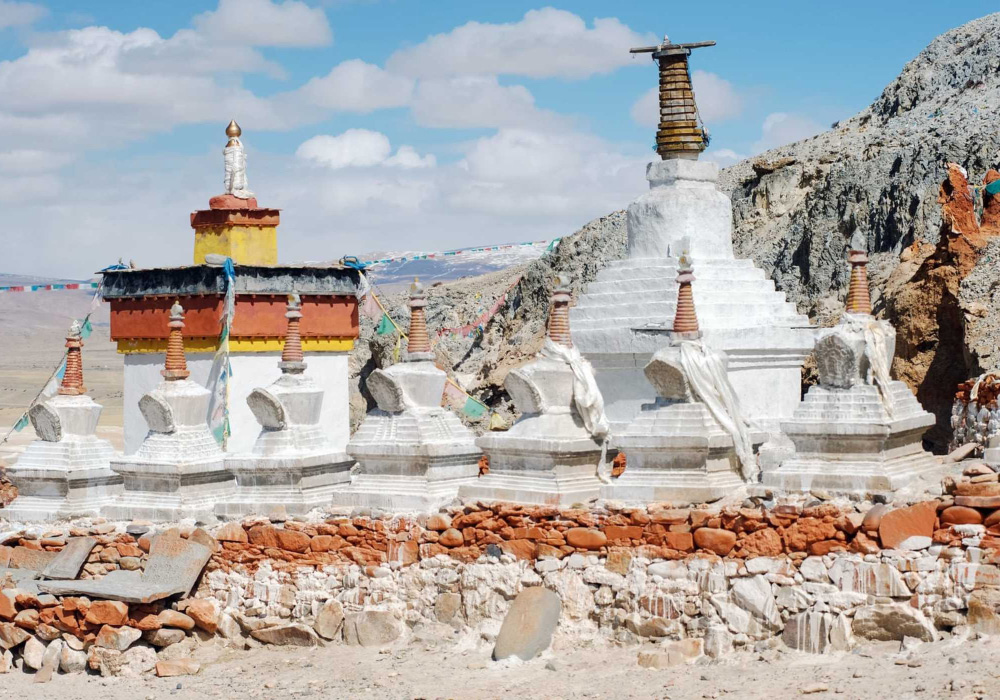
Visiting these sites allows you to witness the spiritual practices of the local people. The serene environment of these religious landmarks offers a peaceful respite from the rigours of the trek.
Safety considerations
Everest Base Camp Trek is a thrilling adventure but presents some risks. Understanding and preparing for these risks ensures a safe and enjoyable journey. Here, we discuss key safety considerations, including altitude sickness and emergency procedures.
Altitude sickness
Altitude sickness, or Acute Mountain Sickness (AMS), is common for trekkers. As you ascend, the air gets thinner, and oxygen levels drop. Your body may struggle to adjust. Symptoms include headache, nausea, dizziness, and shortness of breath.
Preventive measures:
- Gradual ascent: Climb slowly to allow your body to acclimate.
- Hydration: Drink plenty of water to stay hydrated.
- Proper diet: Eat high-calorie, carbohydrate-rich foods.
- Avoid alcohol and smoking: These can worsen symptoms.
- Rest days: Include acclimatization days in your itinerary.
It's crucial to recognize the symptoms early. If you feel unwell, inform your guide immediately. Descending to a lower altitude can help relieve symptoms. In severe cases, evacuation may be necessary.
Emergency procedures
Emergencies can happen. Knowing what to do is vital. Here are some steps to follow:
- Inform your guide: Your guide is trained to handle emergencies. They will assess the situation and take appropriate action.
- First aid: Carry a basic first aid kit. This should include bandages, antiseptics, pain relievers, and medications for AMS.
- Communication: Ensure you have a reliable means of communication. Satellite phones or local SIM cards with network coverage are recommended.
- Helicopter evacuation: In severe cases, a helicopter evacuation may be required. Ensure your travel insurance covers this. Have emergency contact numbers handy.
Final thoughts
The Everest Base Camp Trek is a journey that weaves nature’s grandeur, cultural depth, and personal transformation together. Every step along the trail, from the buzzing streets of Namche Bazaar to the quiet majesty of Tengboche Monastery, builds a narrative that is equal parts physical endurance and soulful exploration. The trek is more than reaching the iconic base camp—it is about the sights, sounds, and stories gathered along the way.
For those who complete the trek, the experience becomes a cherished chapter in their life story. It challenges you, shapes your perspective, and introduces you to the extraordinary capacity of the human spirit. Whether this is your first big adventure or one of many, the Everest Base Camp Trek will leave a lasting imprint, reminding you of what it means to venture into the unknown with purpose and passion.

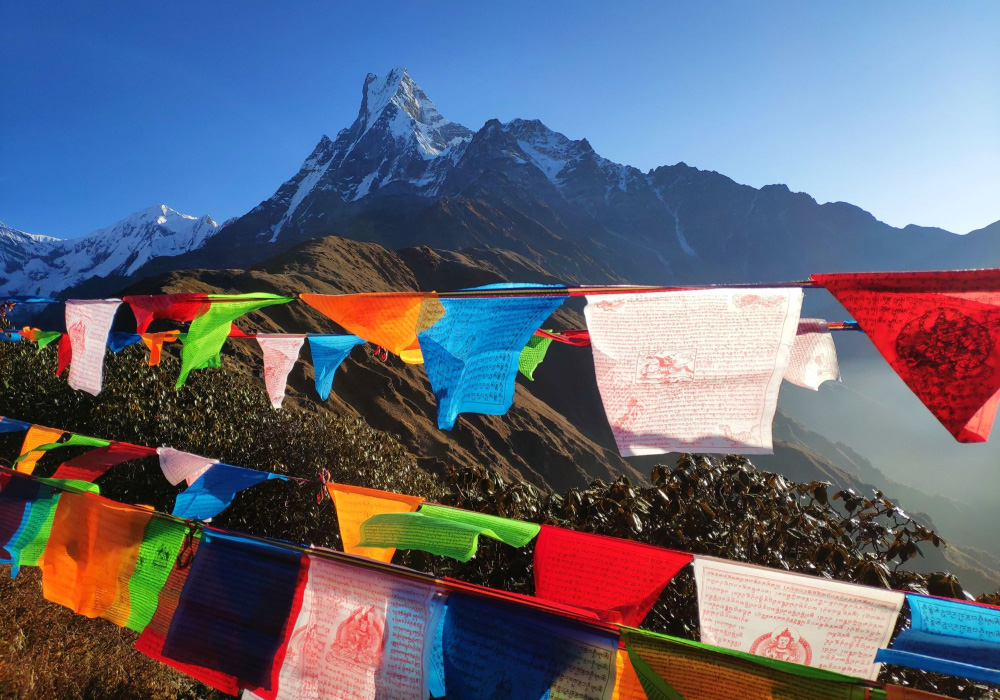

Comments powered by CComment